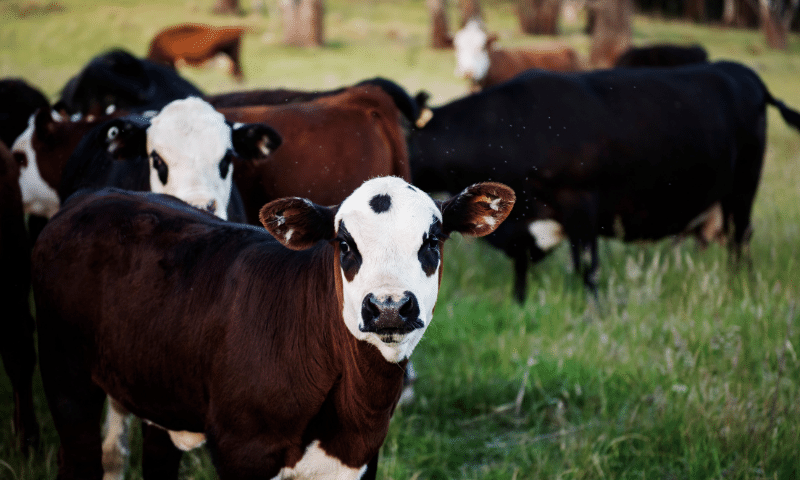The immune system is a complex network of cells, tissues, organs, and the substances they make that helps the animal body fight infections and other diseases. Antigens are substances that stimulate an immune response in the body, and they can be contained within or on bacteria, viruses, other microorganisms, cancer cells or they may exist on their own for example pollen or food molecules. A normal immune response involves the animal’s body recognising a foreign antigen, mobilizing forces to defend against it, and attacking it (Tizard, 2022).
The nutritional status of the animal critically determines the outcome of the fight against invading pathogens, in addition, during an immune response, good nutrition also plays a role in preventing collateral damage to the tissue in the animal’s body (Paul, 2014). Having animals on a balanced diet is important in helping to maintain herd and flock health as protein, energy, vitamins, and minerals have all been shown to impact immune competence in animals.
Forages can be limiting in nutrients for optimal animal health, especially in trace minerals such as copper, zinc and selenium which can be detrimental for animals at times of physiological stress (Kegley, 2016). Therefore, an appropriate supply of minerals is critical for an effective immune response in animals and during disease states, trace mineral requirements can be affected because of the immune response, with zinc, copper, selenium, iron, and chromium being of particular importance for an effective immune system (Chandra, 1982), (Droke, 1989), (NRC, 2016).
The immune system can take nutrients from muscles and other tissues if needed to complete its functions, however, requirements for trace minerals like zinc, copper, and iron, may not be met by this process under conditions of low dietary intake due to the small concentration of these minerals in muscle and their somewhat high need within the immune system (Paul, 2014). A professionally formulated mineral supplement that livestock have access to all year is beneficial in helping to ensure that important mineral requirements are met. This is particularly important as Spears (1991) suggests that dietary requirements for some trace minerals may be greater for optimal immune function than what is needed for reproductive performance or maximal growth.
Summary
Research has proven that trace minerals play an important role in the immune response of animals, with the interactions between minerals, immunology, and disease resistance being extremely complex. Despite the apparent involvement of certain trace minerals in the immune system, it must be noted that meeting animal requirements for all nutrients including macro and trace minerals is imperative for the health and well-being of all animals. To assist production, in addition to aiding the immune competence of animals when faced with stressful situations, Producers should focus on improving the nutritional status of livestock.
Providing all stock with access to a professionally formulated and balanced mineral supplement year-round will help alleviate mineral deficiencies in grazing animals, and during times of significant stress requirements for specific trace minerals may increase.
How AgSolutions Can Help
The nutrition team at AgSolutions can assist Livestock Producers by advising on which product is best suited to the current situation and requirements of the animal. A free ration formulation service is also provided to clients who wish to feed animals helping to ensure a balanced diet is provided and market specifications are met.
All MegaMin Livestock Supplements are professionally formulated and balanced, providing broad-spectrum macro and trace minerals including zinc, copper, selenium, iron, and chromium to assist the overall health and well-being of animals.
Ask about our product and services at your preferred store or contact our Head Office on 1800 81 57 57.
By Shannon Godwin (BAppSc GDTL)
